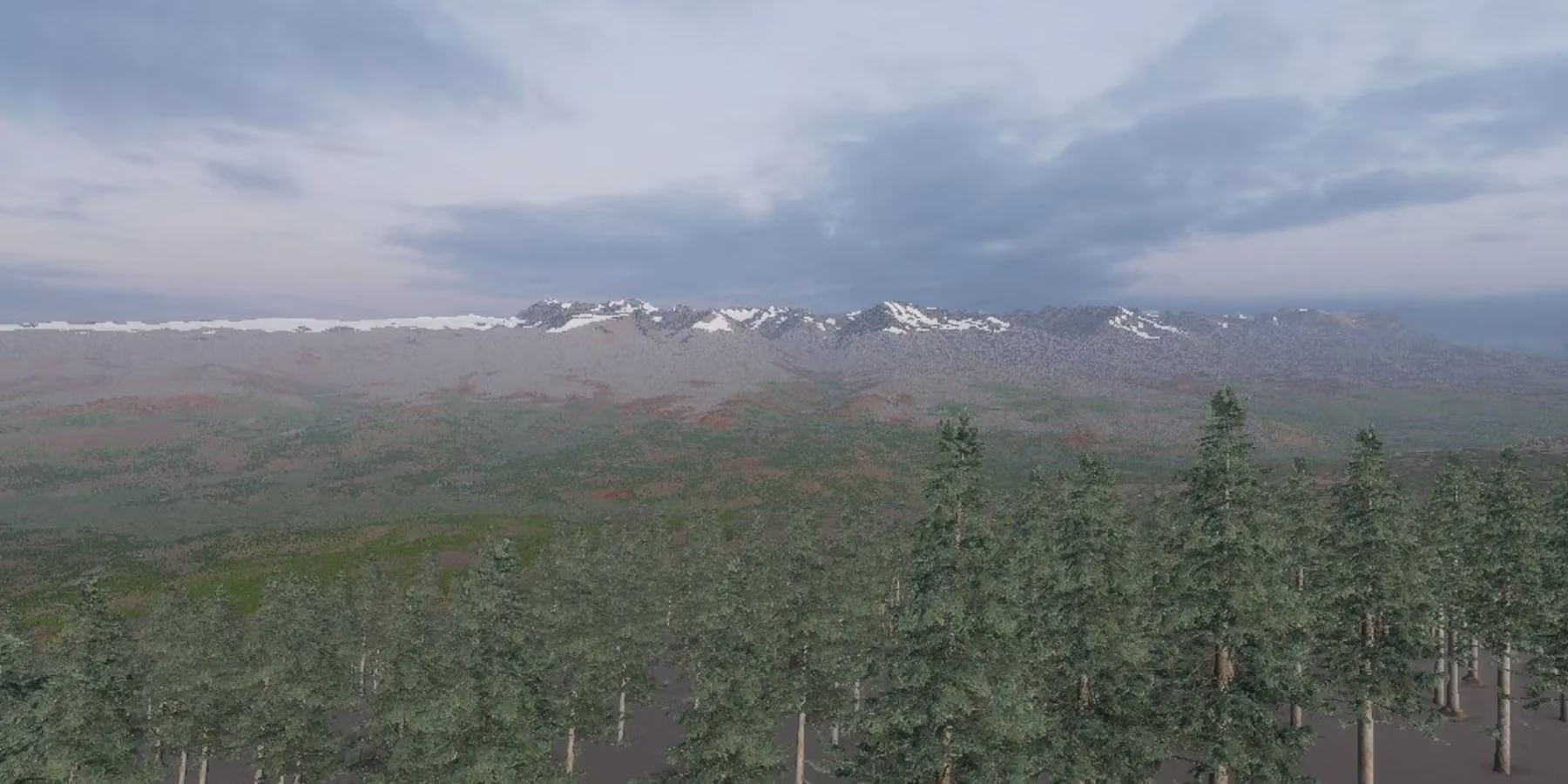Brendan Greene's innovative vision for planet-sized virtual worlds, blending cutting-edge tech and immersive gameplay, is transforming digital universes and gaming experiences.
Brendan Greene, the visionary behind PUBG: Battlegrounds, has always pushed gaming boundaries. Back in early 2021, a tech demo from his studio PlayerUnknown Productions sent ripples through the industry—a camera soaring from forest canopies to cloud-draped mountain ranges across a seemingly endless terrain. That glimpse wasn't just impressive; it cemented Greene's belief in crafting planet-sized virtual realms. Fast forward to 2025, and that ambition has evolved from speculative dream to tangible mission. His quiet confidence then—"giving me the confidence to think about planet-sized worlds"—now fuels a relentless pursuit reshaping how we imagine digital universes.

That original footage, shared as part of a recruitment drive, wasn't merely eye candy. It hinted at foundational tech capable of rendering landscapes at unprecedented scales. Greene openly acknowledged the staggering challenge, calling Project Artemis—his codename for Earth-sized worlds—"possibly impossible." Yet here we are four years later. PlayerUnknown Productions has been quietly assembling talent and tech, bridging the gap between Prologue's 64-square-kilometer prototype and Artemis' cosmic scope. What seemed like sci-fi in 2022 now feels palpably closer. 🚀
The studio's dual-track approach reveals much. Prologue, their single-player sandbox, serves as a testing ground for the procedural generation and physics systems needed to avoid empty, soulless expanses. Imagine trekking through mist-shrouded valleys where every boulder and birch tree feels deliberately placed, not algorithmically vomited. That’s the magic Greene chases—immensity without sterility. Artemis aims higher: continents, oceans, weather patterns all dynamically interacting. Could players sail across virtual oceans or summit ranges mimicking the Himalayas? Greene’s team is betting yes.
Recruitment remains crucial. Greene’s tweet back then—urging builders of new worlds to join him—wasn’t corporate fluff. It signaled a need for specialists in cloud computing, AI-driven environmental storytelling, and network architecture capable of handling billions of real-time interactions. Today, whispers suggest breakthroughs in decentralized server tech. No more rubber-banding lag when 10,000 players converge on a digital mountain pass!
So where does Artemis stand now? Speculation runs wild. Some insiders hint at alpha tests simulating Patagonia-sized regions. Others point to partnerships with climate scientists using the engine for ecological modeling. Greene stays characteristically coy, letting progress speak through sparse, awe-inspiring demos. One thing’s clear: the man who revolutionized multiplayer combat won’t settle for incremental upgrades. He wants universes in your hard drive. 🌍
What could this mean for gamers? Beyond sheer scale, think emergent narratives. Cities rising and crumbling based on player choices over decades. Ecosystems evolving beyond scripted events. Entire civilizations birthed in code. It’s not just about size—it’s about depth breathing life into every pixel. And with cloud gaming evolving faster than ever, accessing these worlds won’t require NASA-tier rigs. Your phone might become a portal to another planet.
Of course, hurdles linger. Can they solve the "empty planet problem"—making vastness feel meaningfully populated? Will procedural generation create authentic cultures, not cookie-cutter villages? Greene’s obsession with "believable worlds" suggests they’re prioritizing soul over square mileage. And let’s be real: nobody wants Artemis to become a pretty but hollow tech demo.
So here’s the call: keep your eyes peeled. Follow PlayerUnknown Productions’ updates. When they drop that next teaser, remember—you’re witnessing gaming history unfold. Who knows? Your next adventure might span an entire globe. Ready to explore?
